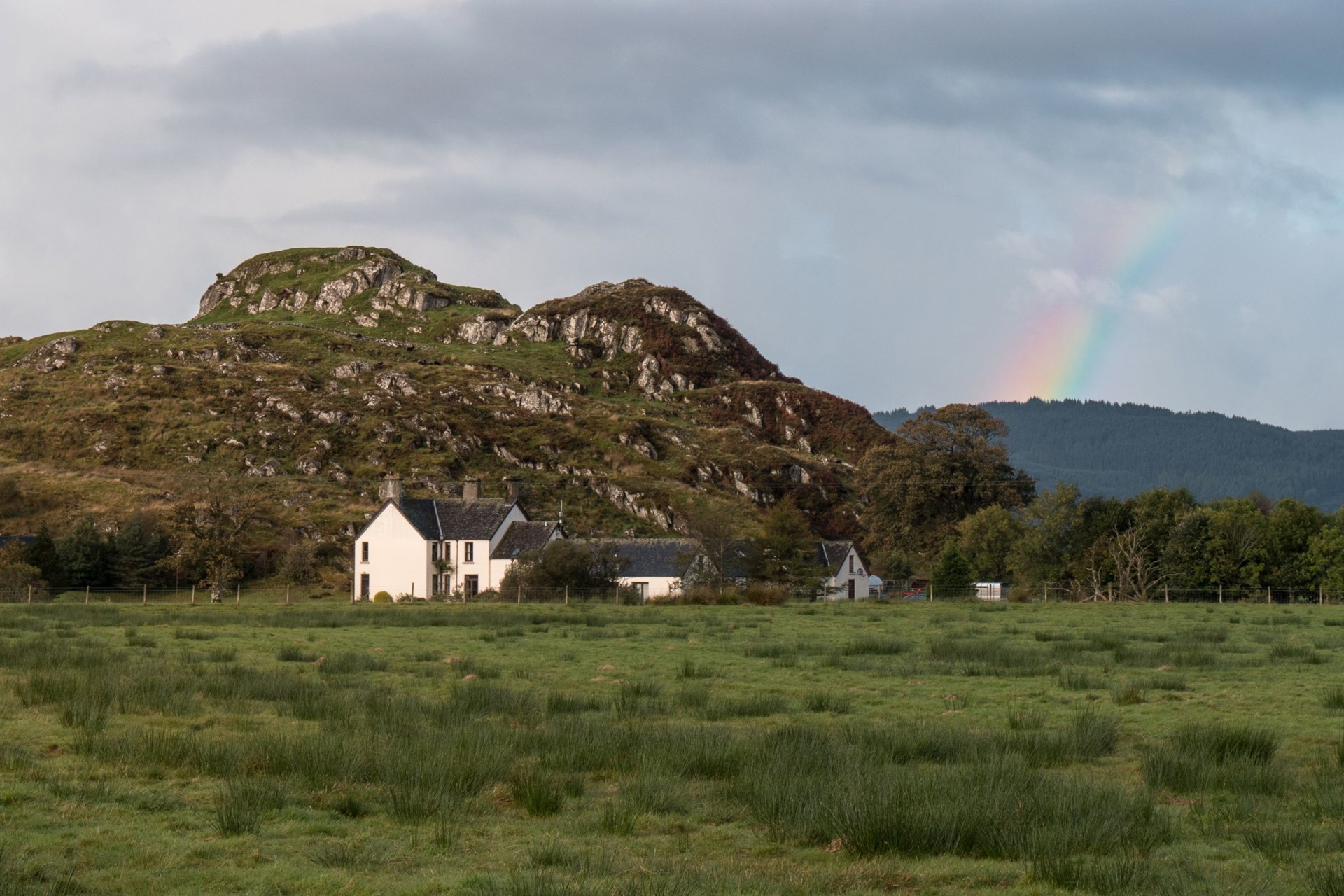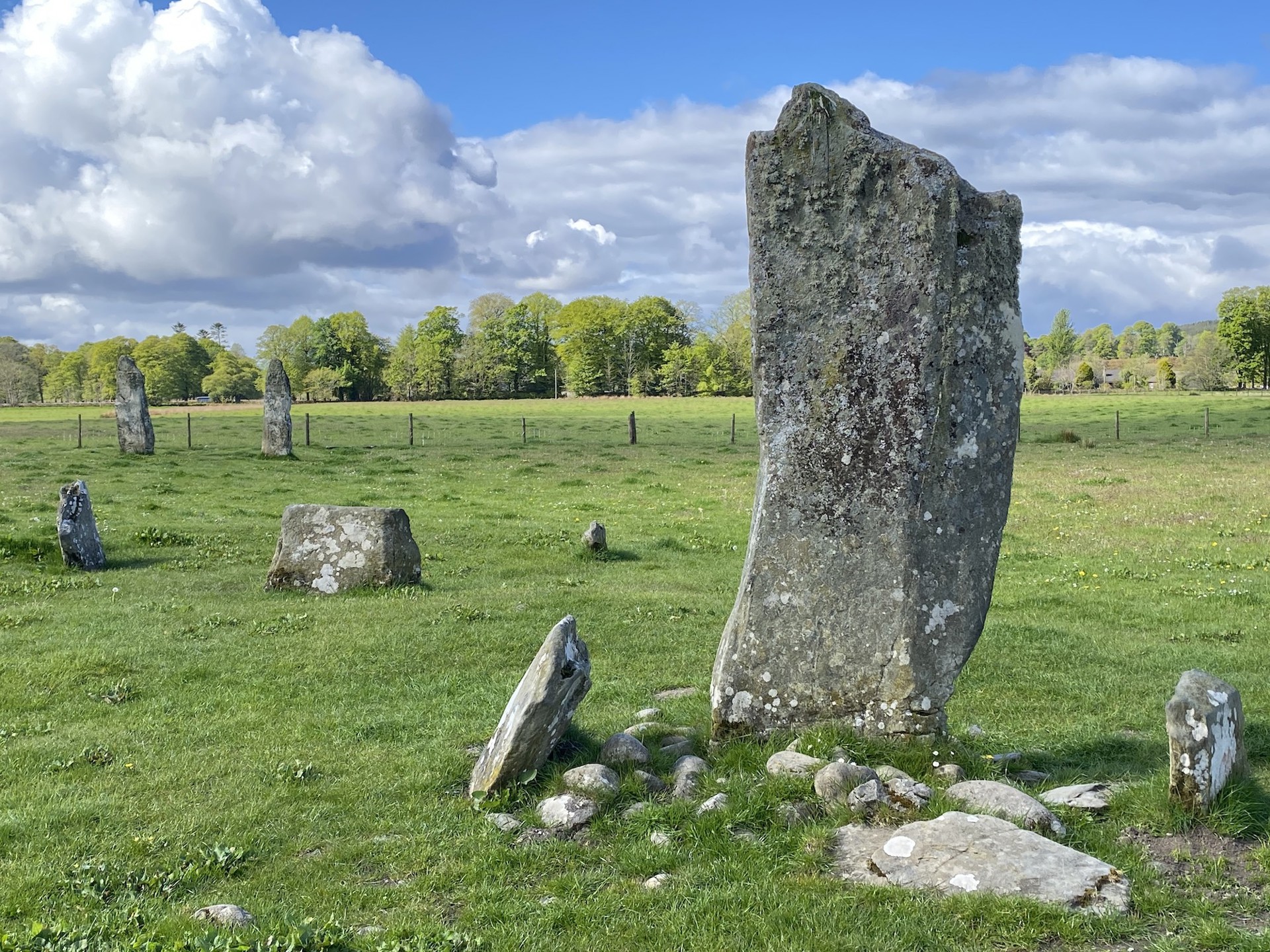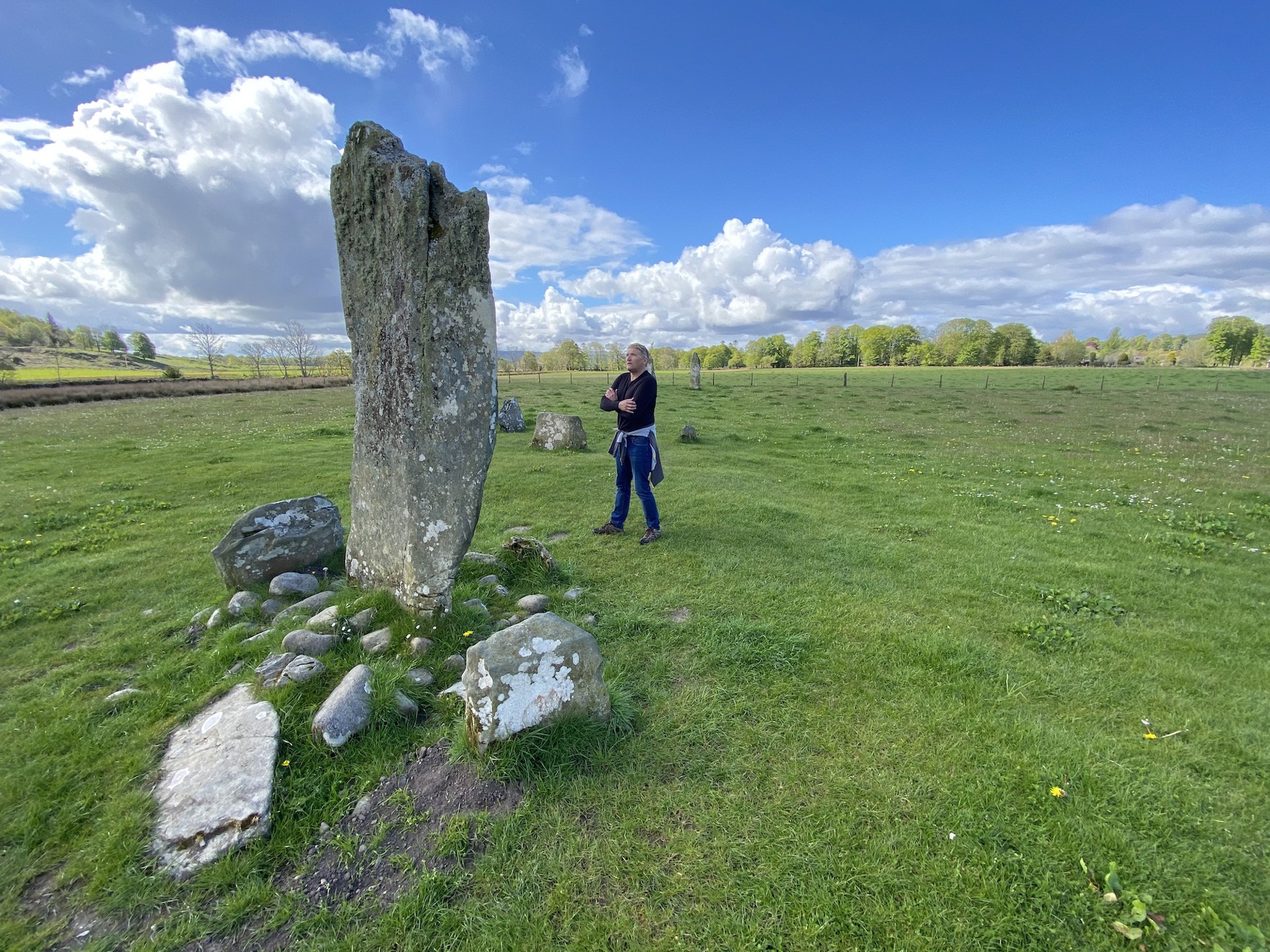Discover the early Scottish History of Dunadd Fort
Never mind standing on the shoulders of giants, try stepping into the size 8s of kings!
For anyone interested in the understanding the early history of Scotland, a visit to Dunadd Fort in Kilmartin Glen in mid Argyll is a must. Before Edinburgh was its capital, the Perthshire town of Scone was the “principal seat” of Scotland but before that, for 400 years, Dunadd is thought to have been the capital of Dalriada, the kingdom which eventually gave rise to modern Scotland.
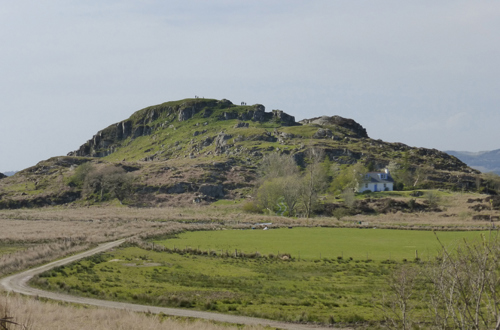
The Mystery of Dunadd Fort
Rising dramatically from Moine Mhor, the great moss, Dunadd appears as a rocky outcrop a few hundred metres from the A816 road near Lochgilphead. The closer you get, the more this fascinating location reveals its secrets – or at least some of them. For despite three excavations in the 20th century there’s still much that remains a mystery about Dunadd. What we do know is that originally the fort had four lines of walled defences, of a design similar to the motte and bailey system used by the Normans.
You approach the fort from a car park and boots are a good idea if you want to get to the summit. You first enter a narrow gulley which would have been an easily defensible position, especially with additional fortifications which would have been in place when Dunadd was at its most important from around 500 – 900AD. On reaching the higher levels of the fort the terraces lower down becomes more obvious, while the commanding view over the countryside of mid Argyll reinforces the notion that this was a natural choice for a fortified settlement.
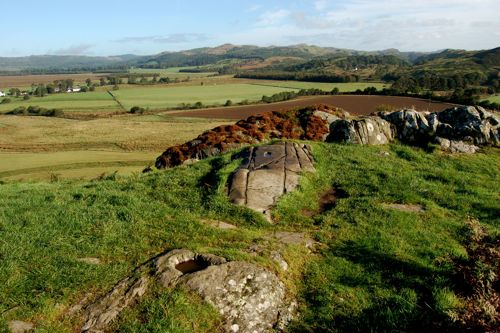
Near the top of the fort there is a small section of the original stone fortifications still intact and in one of the slabs of rock closer to the summit a bowl has been carved out. Its purpose is unknown but nearby a carved footprint – size 8! - is thought to have been part of the coronation ceremony for the kings of Dalriada. Also carved into the slabs is some ogham text, an early Irish writing format which uses an alphabet comprised of straight lines. The text’s full meaning is unknown. A further carving represents a boar and while it is rather indistinct, a modern, clearer version has been created further down the hill.
Who lived at Dunadd Fort?
While much of the interpretation of Dunadd is conjecture, excavations have turned up a vast array of objects which give a good insight into the fort’s importance. Tools, weapons, imported pottery and moulds for the making of fine jewellery all help paint a picture of a place where people of wealth and status lived.
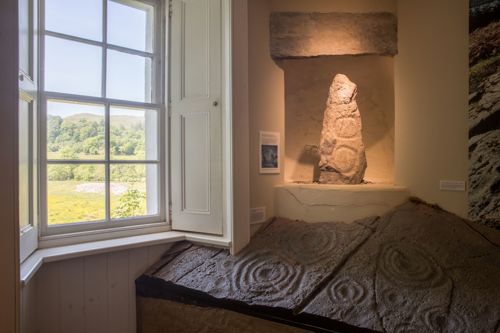
Discover more about the local history at the Kilmartin Museum.
Discover Kilmartin Glen
Dunadd offers a fascinating and tantalising glimpse into the embryonic origins of modern day Scotland. You’ll need to use your imagination to get the most out of your visit – but then, that’s half the fun! Entry is free and permitted at any reasonable time.
Take some time to explore the rest of Kilmartin Glen. You’ll find an extraordinary concentration and diversity of ancient monuments and archaeological sites. And don’t miss the opportunity to take a stroll down the Crinan Canal.
